-
 Bitcoin
Bitcoin $116300
2.01% -
 Ethereum
Ethereum $3815
5.35% -
 XRP
XRP $3.071
4.46% -
 Tether USDt
Tether USDt $1.000
0.02% -
 BNB
BNB $776.2
1.67% -
 Solana
Solana $173.0
5.70% -
 USDC
USDC $0.9999
0.00% -
 TRON
TRON $0.3389
1.14% -
 Dogecoin
Dogecoin $0.2125
5.92% -
 Cardano
Cardano $0.7627
5.16% -
 Hyperliquid
Hyperliquid $39.00
4.42% -
 Stellar
Stellar $0.4122
5.07% -
 Sui
Sui $3.654
7.22% -
 Chainlink
Chainlink $17.31
5.47% -
 Bitcoin Cash
Bitcoin Cash $582.2
4.28% -
 Hedera
Hedera $0.2521
3.53% -
 Ethena USDe
Ethena USDe $1.001
0.01% -
 Avalanche
Avalanche $22.77
3.47% -
 Litecoin
Litecoin $119.6
2.53% -
 UNUS SED LEO
UNUS SED LEO $8.944
-0.49% -
 Toncoin
Toncoin $3.288
3.95% -
 Shiba Inu
Shiba Inu $0.00001261
3.78% -
 Uniswap
Uniswap $10.12
5.80% -
 Polkadot
Polkadot $3.761
4.23% -
 Dai
Dai $1.000
-0.01% -
 Monero
Monero $285.1
-2.37% -
 Bitget Token
Bitget Token $4.387
1.43% -
 Cronos
Cronos $0.1476
5.88% -
 Pepe
Pepe $0.00001080
4.75% -
 Ethena
Ethena $0.6374
11.58%
Bybit grid trading tutorial: Bybit grid strategy setting method
Bybit's grid trading automates crypto trading by setting buy/sell orders at intervals within a price range, aiming to profit from market fluctuations.
Jun 05, 2025 at 07:07 am
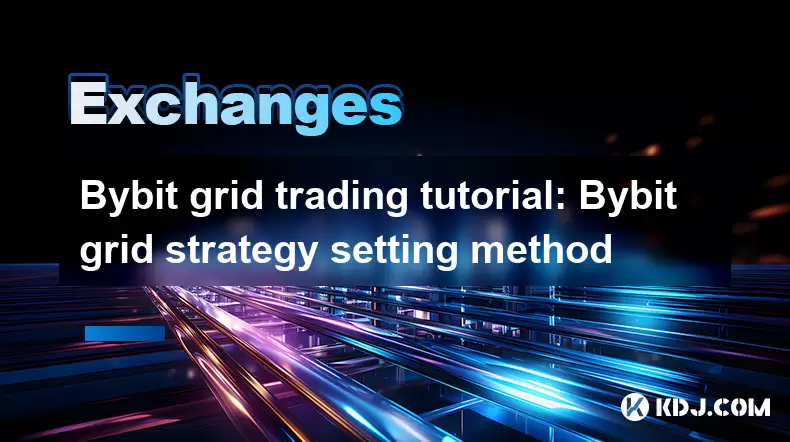
Bybit grid trading is a popular strategy among cryptocurrency traders looking to automate their trading and potentially profit from market volatility. This tutorial will guide you through the process of setting up a grid trading strategy on Bybit, ensuring you understand each step and can apply it effectively.
Understanding Grid Trading on Bybit
Grid trading is an automated trading strategy that involves placing buy and sell orders at set intervals within a specified price range. The goal is to profit from the natural fluctuations in the market by buying low and selling high within the grid. On Bybit, this strategy can be applied to various trading pairs, allowing you to customize your approach based on your risk tolerance and market expectations.
To start, you need to understand the key components of a grid trading strategy on Bybit:
- Upper Limit: The highest price at which you will place a sell order.
- Lower Limit: The lowest price at which you will place a buy order.
- Number of Grids: The number of intervals between the upper and lower limits where orders will be placed.
- Grid Type: You can choose between a simple grid or an AI grid, which adjusts based on market conditions.
Accessing Grid Trading on Bybit
To set up a grid trading strategy on Bybit, you first need to access the grid trading feature. Here’s how you can do it:
- Log into your Bybit account.
- Navigate to the Trade section.
- Click on Grid Trading from the menu options.
Once you’re in the grid trading interface, you’ll see various options to customize your strategy.
Setting Up Your Grid Strategy
Setting up your grid strategy involves several steps to ensure it aligns with your trading goals. Here’s a detailed guide on how to set up your grid:
- Select the Trading Pair: Choose the cryptocurrency pair you want to trade. Bybit offers various pairs, so select one that aligns with your market analysis.
- Choose the Grid Type: Decide between a simple grid or an AI grid. A simple grid is straightforward and static, while an AI grid adjusts based on market conditions.
- Set the Upper and Lower Limits: Define the price range for your grid. The upper limit should be set at a price you believe the asset won’t exceed, and the lower limit at a price you believe it won’t drop below.
- Determine the Number of Grids: The number of grids affects the density of your orders. More grids mean more frequent trades but smaller profits per trade.
- Set the Investment Amount: Enter the total amount of cryptocurrency you want to invest in the grid. This will be spread across the buy orders.
- Configure Profit and Loss Settings: Set your profit target and stop-loss levels to manage your risk.
Reviewing and Starting Your Grid
Before activating your grid, it’s crucial to review your settings to ensure they align with your strategy:
- Review the Grid Preview: Bybit provides a visual representation of your grid, showing where buy and sell orders will be placed.
- Check the Estimated Profit: Bybit calculates an estimated profit based on your settings, helping you understand potential returns.
- Confirm Your Settings: Double-check all parameters, including the trading pair, grid type, limits, number of grids, and investment amount.
Once you’re satisfied with your settings, click Create Grid to start your grid trading strategy.
Monitoring and Managing Your Grid
After your grid is live, it’s important to monitor and manage it to ensure it continues to perform as expected:
- Monitor Market Conditions: Keep an eye on market trends and news that might affect your trading pair.
- Adjust Your Grid: If market conditions change significantly, you might need to adjust your upper and lower limits or the number of grids.
- Close or Modify the Grid: If you decide to exit the grid early, you can close it and withdraw your funds. Alternatively, you can modify the grid settings to adapt to new market conditions.
Troubleshooting Common Issues
While grid trading on Bybit is designed to be user-friendly, you might encounter some common issues:
- Insufficient Funds: Ensure you have enough funds in your account to cover the investment amount and any fees.
- Price Slippage: In highly volatile markets, the actual execution price might differ from your set prices. Monitor your grid closely during such times.
- Technical Glitches: If you encounter any technical issues, contact Bybit support for assistance.
Frequently Asked Questions
Q: Can I use grid trading on Bybit for any cryptocurrency pair?
A: Bybit offers grid trading for various cryptocurrency pairs, but not all pairs may be available for grid trading. Check the grid trading section to see which pairs are supported.
Q: What happens if the market price moves outside my grid limits?
A: If the market price moves above your upper limit or below your lower limit, your grid will stop placing new orders. However, existing orders will still be executed if the price moves back within the grid.
Q: How does Bybit calculate the estimated profit for a grid strategy?
A: Bybit calculates the estimated profit based on the number of grids, the price range, and the investment amount. It assumes that each grid will be filled and then sold at the next higher grid, generating a profit.
Q: Can I run multiple grid trading strategies simultaneously on Bybit?
A: Yes, Bybit allows you to run multiple grid trading strategies at the same time, as long as you have sufficient funds in your account to cover the investments for each grid.
Disclaimer:info@kdj.com
The information provided is not trading advice. kdj.com does not assume any responsibility for any investments made based on the information provided in this article. Cryptocurrencies are highly volatile and it is highly recommended that you invest with caution after thorough research!
If you believe that the content used on this website infringes your copyright, please contact us immediately (info@kdj.com) and we will delete it promptly.
- IREN Overtakes: A New King in the Bitcoin Miner Hashrate Race?
- 2025-08-07 16:31:29
- Memecoins Mania: Whales Eye Pepe Dollar (PEPD) as Bonk Cools Off, While MoonBull Hogs the Spotlight!
- 2025-08-07 16:51:17
- Unilabs, PEPE, and Investment Risk: Navigating the Crypto Hype
- 2025-08-07 16:31:29
- Meme Coin Mania: Rug Pulls, CZ-Inspired Tokens, and the Wild West of Crypto
- 2025-08-07 16:57:14
- HashFlare Founders Face the Music: Jail Time Looms?
- 2025-08-07 14:30:12
- Pepeto's Pounce: Meme Coin Mania Meets Blockchain Infrastructure
- 2025-08-07 15:10:12
Related knowledge

How to deposit USD on Bitstamp
Aug 07,2025 at 05:18pm
Understanding Bitstamp and USD DepositsBitstamp is one of the longest-standing cryptocurrency exchanges in the industry, offering users the ability to...
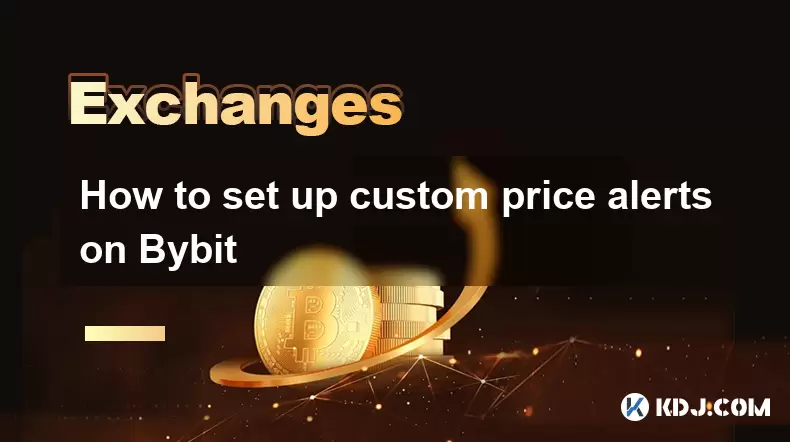
How to set up custom price alerts on Bybit
Aug 07,2025 at 04:31pm
Understanding Price Alerts on BybitPrice alerts on Bybit are essential tools for traders who want to stay informed about significant price movements i...
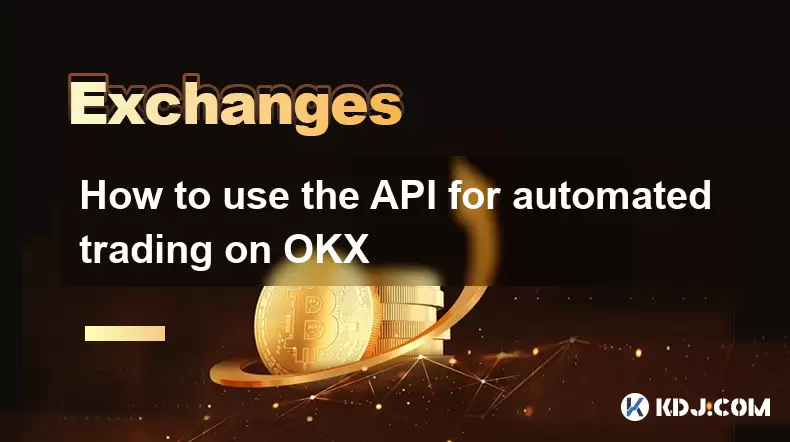
How to use the API for automated trading on OKX
Aug 07,2025 at 05:21pm
Understanding the OKX API for Automated TradingThe OKX API provides a powerful interface for users to automate their trading strategies, access real-t...
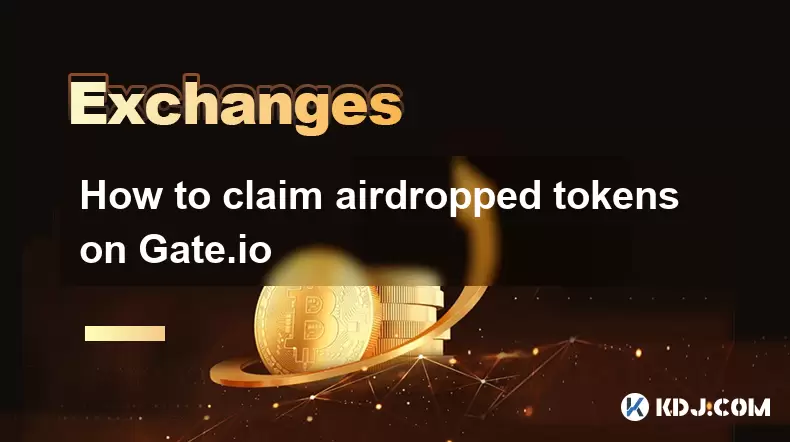
How to claim airdropped tokens on Gate.io
Aug 07,2025 at 04:01pm
Understanding Airdropped Tokens on Gate.ioAirdropped tokens are digital assets distributed for free by blockchain projects to promote awareness, incen...
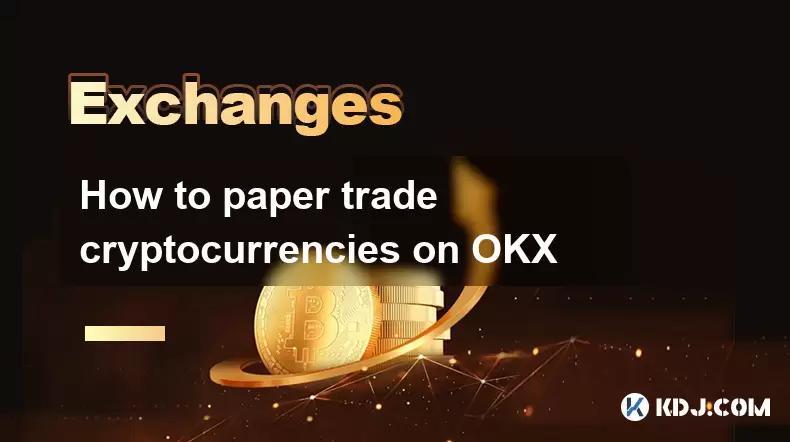
How to paper trade cryptocurrencies on OKX
Aug 07,2025 at 06:01pm
Understanding Paper Trading in the Cryptocurrency ContextPaper trading, also known as simulated or virtual trading, allows users to practice buying an...
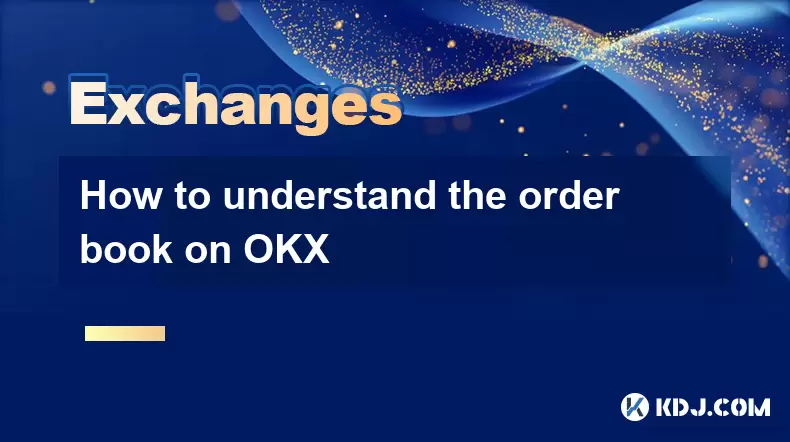
How to understand the order book on OKX
Aug 07,2025 at 03:49pm
What Is an Order Book on OKX?The order book on OKX is a real-time, dynamic list of all open buy and sell orders for a specific cryptocurrency trading ...

How to deposit USD on Bitstamp
Aug 07,2025 at 05:18pm
Understanding Bitstamp and USD DepositsBitstamp is one of the longest-standing cryptocurrency exchanges in the industry, offering users the ability to...

How to set up custom price alerts on Bybit
Aug 07,2025 at 04:31pm
Understanding Price Alerts on BybitPrice alerts on Bybit are essential tools for traders who want to stay informed about significant price movements i...

How to use the API for automated trading on OKX
Aug 07,2025 at 05:21pm
Understanding the OKX API for Automated TradingThe OKX API provides a powerful interface for users to automate their trading strategies, access real-t...

How to claim airdropped tokens on Gate.io
Aug 07,2025 at 04:01pm
Understanding Airdropped Tokens on Gate.ioAirdropped tokens are digital assets distributed for free by blockchain projects to promote awareness, incen...

How to paper trade cryptocurrencies on OKX
Aug 07,2025 at 06:01pm
Understanding Paper Trading in the Cryptocurrency ContextPaper trading, also known as simulated or virtual trading, allows users to practice buying an...

How to understand the order book on OKX
Aug 07,2025 at 03:49pm
What Is an Order Book on OKX?The order book on OKX is a real-time, dynamic list of all open buy and sell orders for a specific cryptocurrency trading ...
See all articles

























































































